What Mistakes We Often Make When Cooking Pasta
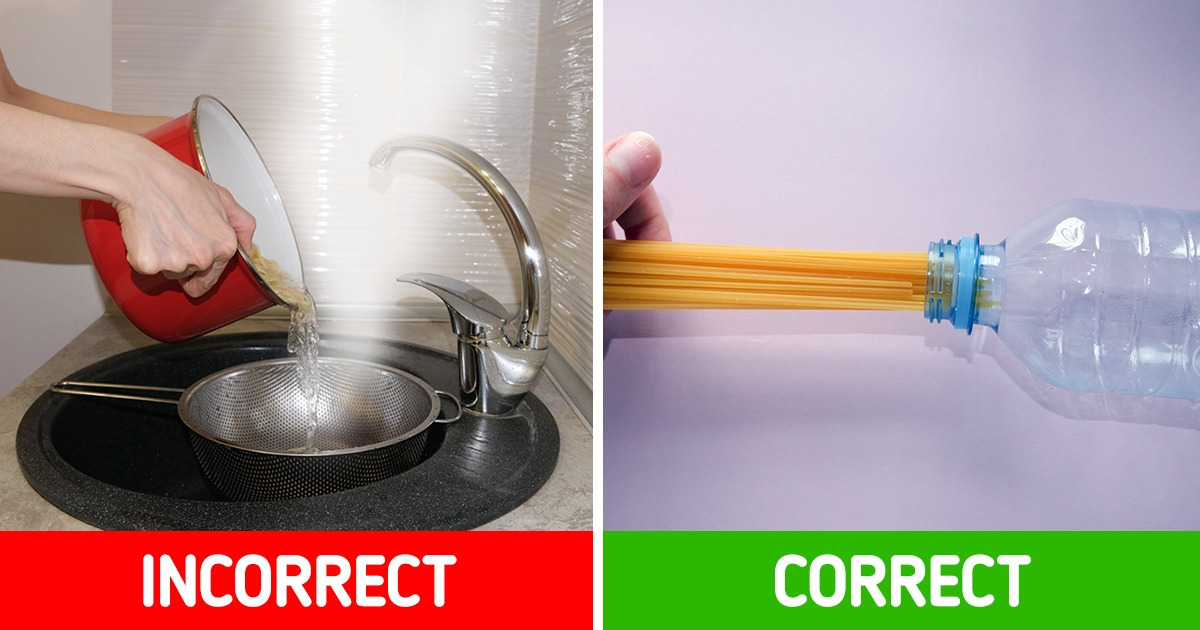
Perhaps everyone thinks that they can cook pasta. However, this seemingly simple task has many nuances, and knowing about them can help you cook the perfect pasta.
5-Minute Crafts is telling you about the most widespread mistakes people make when cooking pasta.
Not using enough water
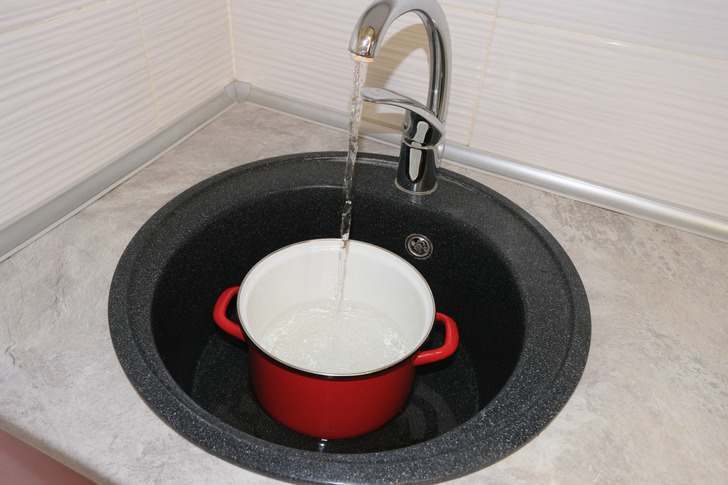
Using pots that are too small
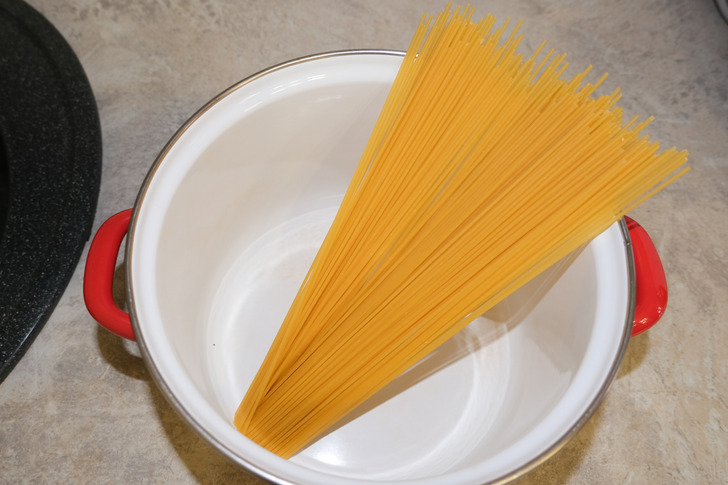
The size of the pot also matters when cooking pasta. In order for the product not to stick together, opt for the right pot.
To let the pasta cook evenly, it is recommended to boil it in a large pot with anywhere from 4 to 6 quarts.
Adding pasta too soon
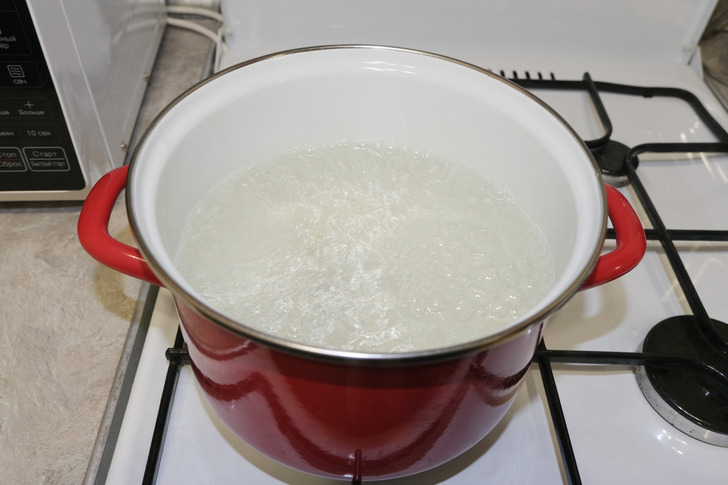
Pouring oil into the water
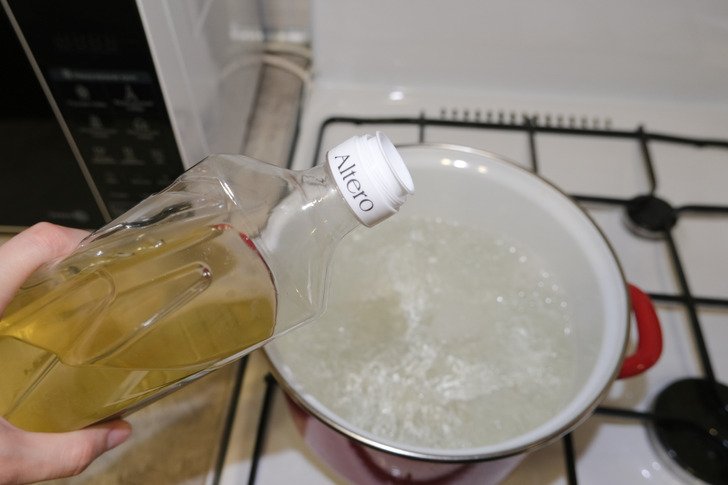
Some people add olive oil to the water the pasta is cooking in. It is supposedly done so that the water doesn’t boil away and the pasta doesn’t stick together. However, experts say that this is something that shouldn’t be done. If you serve such pasta with sauce, it won’t be able to
to connect with it properly because of the oil.
Boil pasta in a sufficient amount of water and put it into boiling water — it will prevent the product from sticking.
Not using enough salt
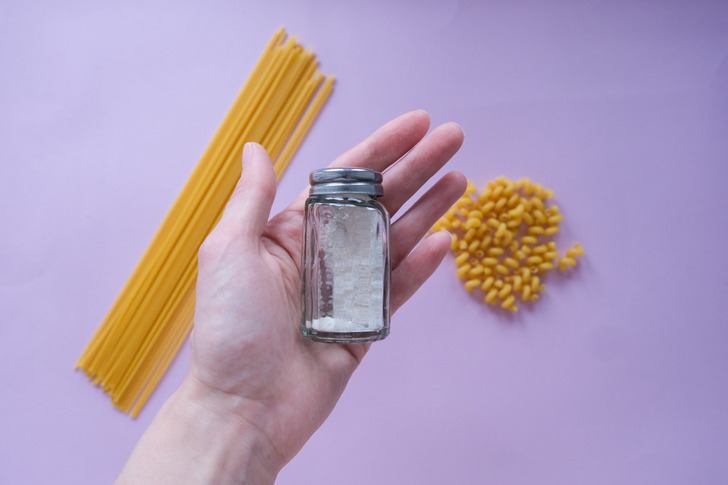
Water that isn’t salted enough can be another mistake. Salt plays an important role in cooking pasta because it gives it flavor. Salt the water as soon as it starts to boil and before you add the pasta.
To find the right amount of salt, taste the water. If it’s insipid, add more salt. The water should resemble seawater by taste, so it should definitely be salty enough.
Not stirring the pasta
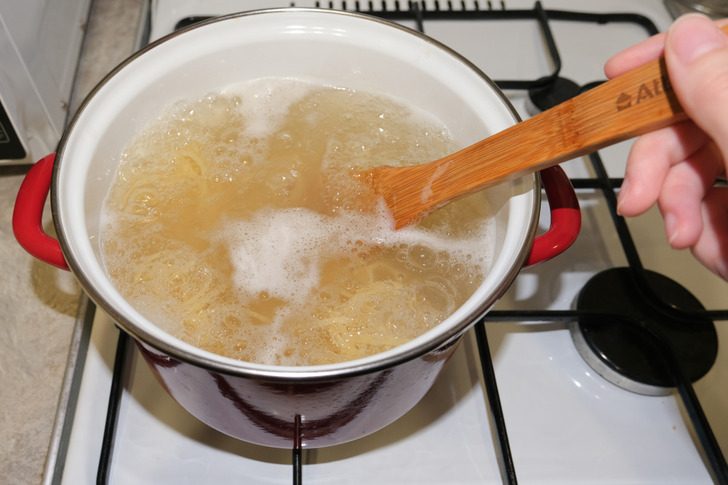
We all know that pasta must be stirred so that it doesn’t stick together. The mistake many of us make is starting to do this too late. If you don’t stir it in time, the pasta might stick together at the beginning before any starch gets into the water.
To prevent this from happening, stir the product within the first 2 minutes of cooking.
Overboiling
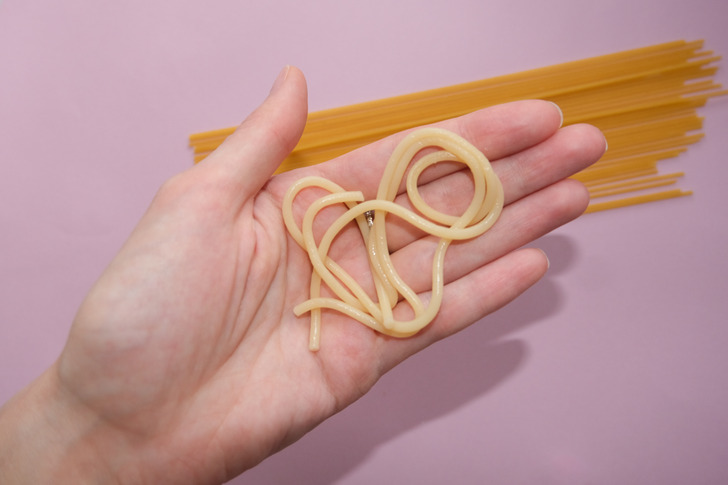
Traditionally, pasta is served al dente, which means it should be slightly firm by taste. That’s why overboiling pasta is one of the biggest mistakes we can make while cooking it.
In order not to end up with an overcooked product, experts recommend reducing the time of cooking indicated on the package by 1-1.5 minutes.
Throwing pasta at the wall
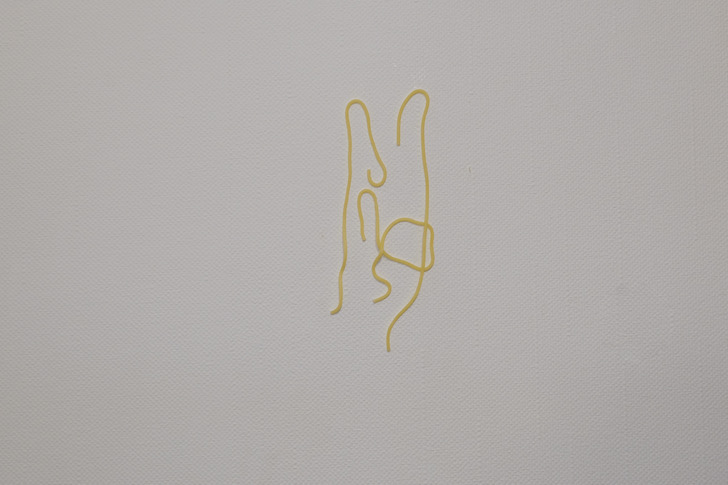
Some people throw pasta at the wall to check whether it is cooked or not. It’s believed that ready pasta becomes sticky, so it sticks to the wall. However, that’s not the best way to check the readiness of the product.
To be sure that the pasta is ready, carefully get several pieces out of the water and try them by taste.
Draining all the water
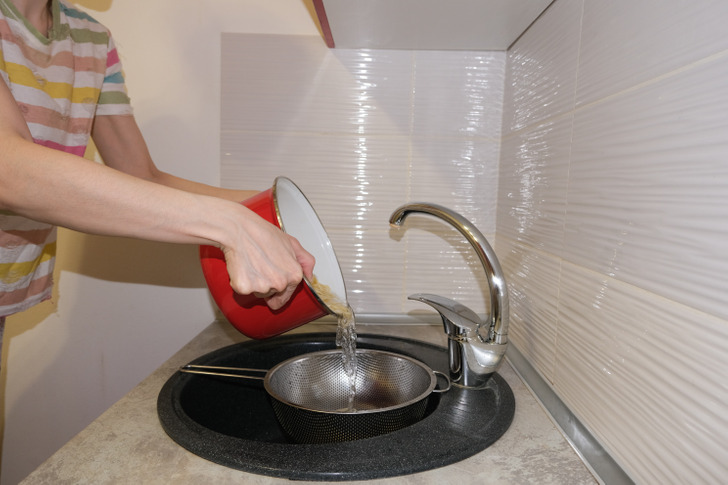
After the pasta has been cooked, the water it was cooked in is normally drained in the colander entirely. However, chefs recommend that we don’t do this. Place a colander over a container where the water will drain. Leave a little of this liquid so that you can add it when you cook the pasta in the sauce.
The pasta water will add a bit of salt to the dish, while the starch in it will unite with the pasta.
Rinsing
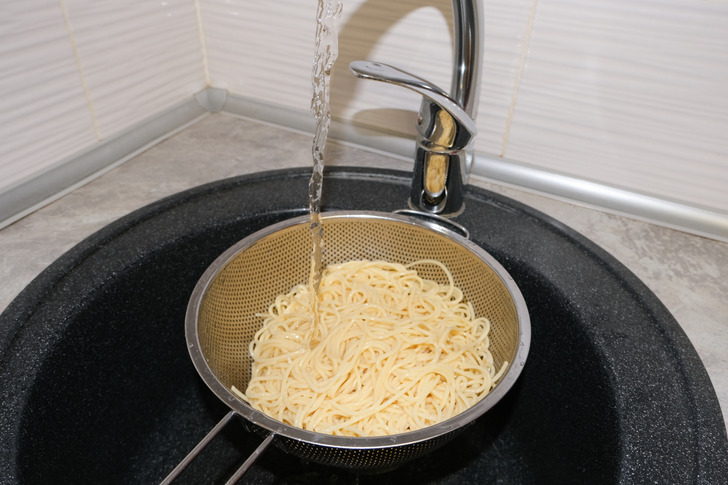
Don’t rinse cooked pasta in water — it affects its taste negatively.
Many people think that after all the liquid is drained, the pasta should be rinsed with clean water. However, this is a rough mistake. By rinsing it, you remove most of the salt as well as the remaining starch from it. The latter is required for joining the pasta with the sauce.
Choosing the wrong type of pasta
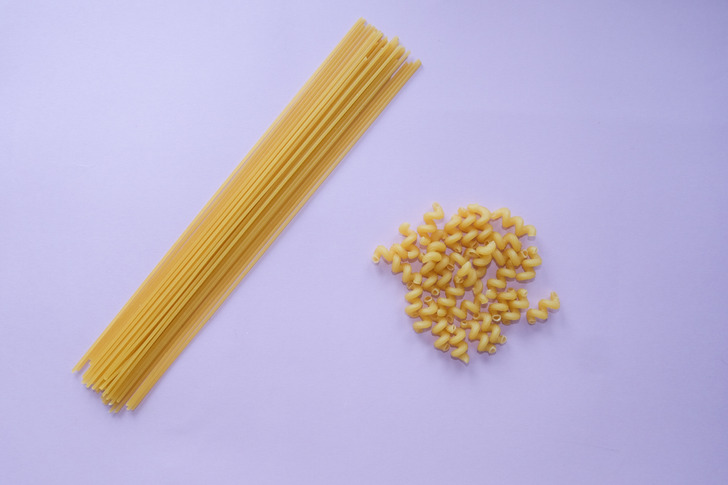
Boiling too much or too little pasta
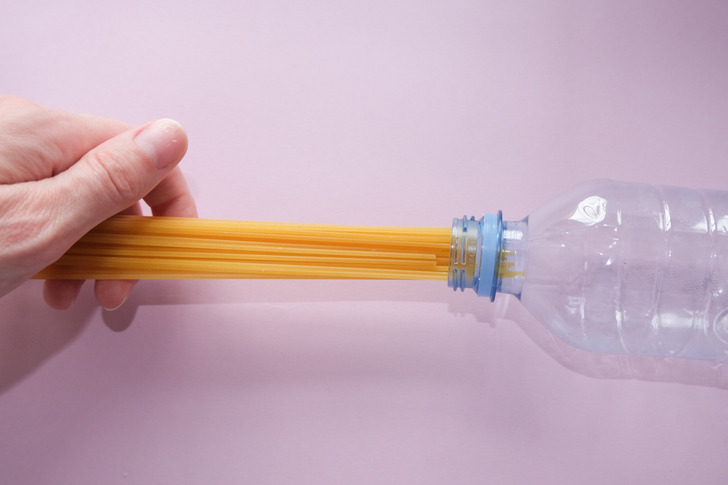
Pasta gets bigger while cooking, and that’s why sometimes it’s hard to understand how much of the product we will eventually get. There are several life hacks that will help you prepare pasta for 1 serving.
- Long, thin noodles, like spaghetti, should be tightly packed and measured in the bottleneck of a soda bottle. The amount that fits into the bottleneck will be 1 serving.
- Things are much easier with smaller kinds of pasta — the amount that fits into your closed fist, as a rule, will give you 1 serving of cooked pasta.